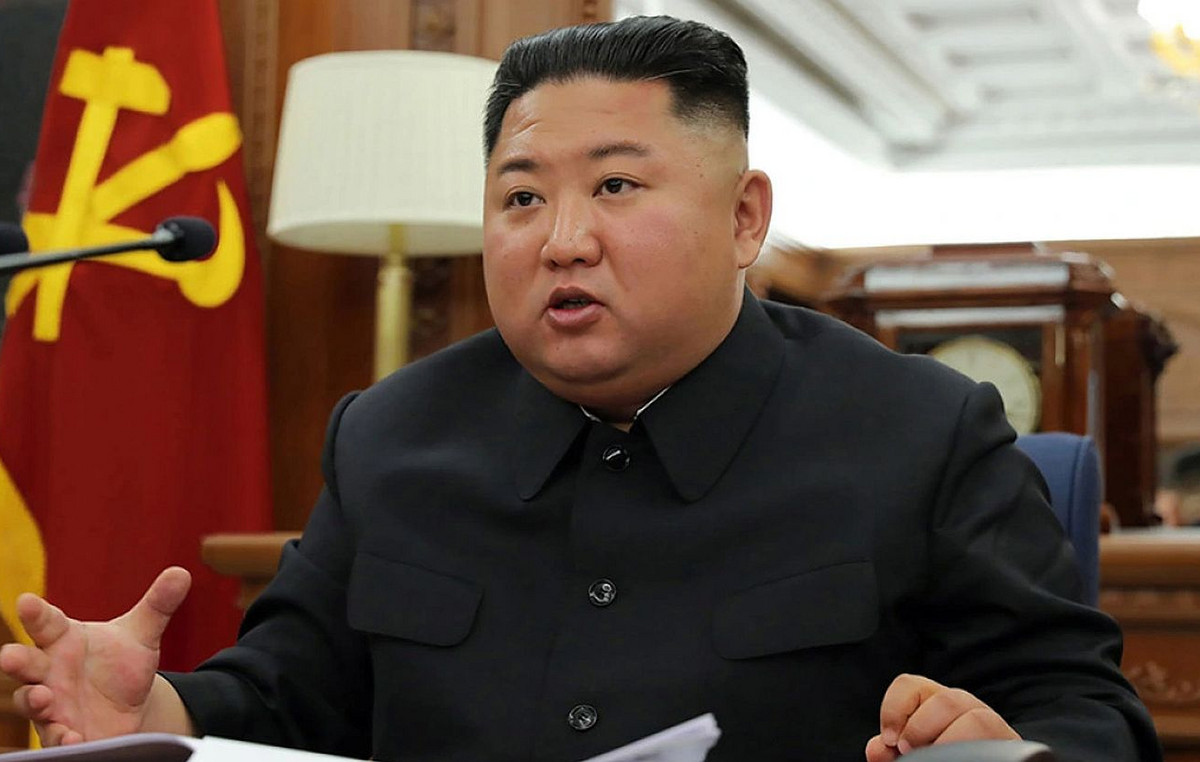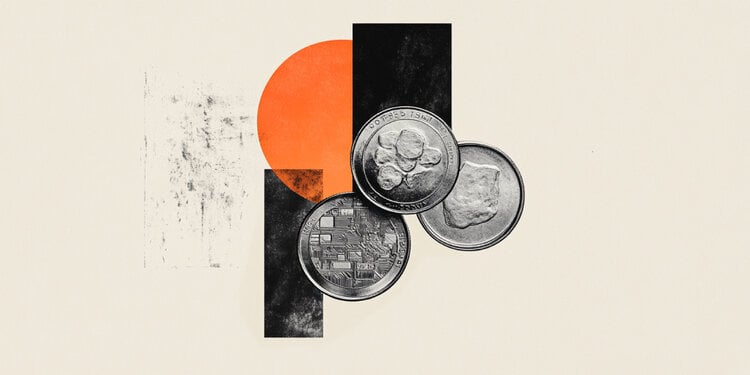- The Bank of England keeps interest rates without changes in 4.25%, which supports the strength of the pound.
- The GBP/JPY climbs while the BOE keeps the rates, while the BOJ is still moderate before the CPI.
- The Bank of Japan will publish its inflation data and the BOJ Proceedings on Thursday, with retail sales of the United Kingdom on Friday’s economic agenda.
The sterling pound (GBP) is extending profits against the Japanese Yen (JPY) on Thursday after the Bank of England (BOE) maintained its reference interest rate by 4.25%.
The decision reinforced the growing divergence in monetary policy with the Bank of Japan (BOJ), promoting the GBP/JPY towards a key technical resistance.
At the time of writing, the GBP/JPY is quoted about 195.60, bouncing from recent minimums as the performance gap between the United Kingdom and Japan continues to favor the pound.
The Bank of England keeps interest rates at the current levels, supporting the pound
The BOE voted 7–3 to keep the rates without changes, with three members in favor of a 25 basic points, while seven members voted to maintain.
However, the general tone of the statement was less moderate than the markets anticipated. The governor of the BOE, Andrew Bailey, emphasized that although rates cuts are likely, they will be “gradual and carefully considered,”.
He added, “I hope that the trajectory of interest rates will continue to be gradually descending. Now I am not giving them a prediction for August when saying that.”
Bailey also cited global risks, noting that “the world is highly unpredictable,” referring to weakness in the United Kingdom labor market, high energy prices and persistent geopolitical uncertainties.
In contrast, the BOJ continues to maintain its ultra-flexible monetary policy with its reference rate at 0.5%.
The BOJ maintains a moderate tone before the inflation data on Thursday
On Tuesday, the governor of the Boj, Kazuo Ueda, reiterated the need to confirm a “sustainable and stable” increase in inflation before considering a policy change, effectively pushing against market speculation about an increase in rates as soon as in July.
The YEN remains under pressure as a result, with the performance differential between the United Kingdom and Japan now exceeding 3.5%.
Looking ahead, market participants will closely follow the minutes of the BOJ monetary policy meeting and the publication of the National Consumer Price Index (CPI) of Japan at 23:30 GMT.
Any surprise up to the underlying inflation could influence the YEN trajectory, although the general tone of the BOJ suggests a limited risk of short -term hardening.
Meanwhile, the United Kingdom will publish May retail sales data at 06:00 GMT on Friday. A strong fact could provide a new bullish impulse for pound pairs, including GBP/JPY.
US interest rates
Financial institutions charge interest rates on loans to borrowers and pay them as interest to savers and depositors. They influence the basic types of interest, which are set by central banks based on the evolution of the economy. Normally, central banks have the mandate to guarantee the stability of prices, which in most cases means setting as an objective an underlying inflation rate around 2%.
If inflation falls below the objective, the Central Bank can cut the basic types of interest, in order to stimulate credit and boost the economy. If inflation increases substantially above 2%, the Central Bank usually rises the interest rates of basic loans to try to reduce inflation.
In general, higher interest rates contribute to reinforce the currency of a country, since they make it a more attractive place for world investors to park their money.
The highest interest rates influence the price of gold because they increase the opportunity cost of maintaining gold instead of investing in an asset that accrues interest or depositing effective in the bank.
If interest rates are high, the price of the US dollar (USD) usually rises and, as gold quotes in dollars, the price of low gold.
The federal funds rate is the type to a day that US banks lend each other. It is the official interest rate that the Federal Reserve usually sets at its FOMC meetings. It is set at a fork, for example 4.75%-5.00%, although the upper limit (in this case 5.00%) is the aforementioned figure.
Market expectations on the interest rate of the Federal Reserve funds are followed by the Fedwatch of the CME tool, which determines the behavior of many financial markets in the forecast of future monetary policy decisions of the Federal Reserve.
Source: Fx Street
I am Joshua Winder, a senior-level journalist and editor at World Stock Market. I specialize in covering news related to the stock market and economic trends. With more than 8 years of experience in this field, I have become an expert in financial reporting.







